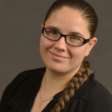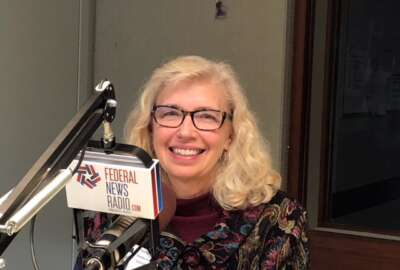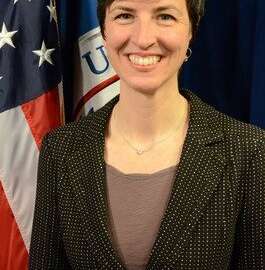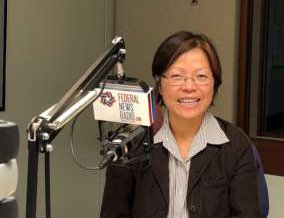
You don’t want, need to be just like everyone else
On this episode of Women of Washington, host Gigi Schumm welcomed Donna Dodson, chief cybersecurity officer at the National Institute of Standards and Technolog...
Best listening experience is on Chrome, Firefox or Safari. Subscribe to Women of Washington’s audio interviews on Apple Podcasts or PodcastOne.
Sometimes staying close to home has its perks.
On this episode of Women of Washington, host Gigi Schumm welcomed Donna Dodson, chief cybersecurity officer at the National Institute of Standards and Technology. Dodson also serves as associate director of the Information Technology Laboratory and director of the National Cybersecurity Center of Excellence.
Born in D.C. and raised in Maryland, Dodson was interested in the STEM field from a young age. Even her mother could sense it — and it was her mother’s support that led her to pursue computer science and cybersecurity.
Related Stories
Dodson joined NIST as her second job out of college. She started off on a team that developed cryptographic standards such as data encryption. In fact, it was her team that eventually created the Advanced Encryption Standard algorithm.
According to the NIST website, the AES algorithm is “a symmetric block cipher that can encrypt (encipher) and decrypt (decipher) information.”
“We did a lot of work also in applied cryptography [and] how you use it in the real world,” she said. “So we work with other federal agencies, like the Department of Treasury, to institute programs that would take advantage of cryptography to provide both confidentiality and data integrity.”
During her tenure, Dodson has helped agencies move away from wet signature to more digital forms of identification and authorization. She also has experience helping other government sectors convert their paper-based forms to digital with more protection.
“At the center we provide real world examples of how based on business challenges of how you’ll apply things like identity management or authentication, what security architectures look like for asset management,” she said.
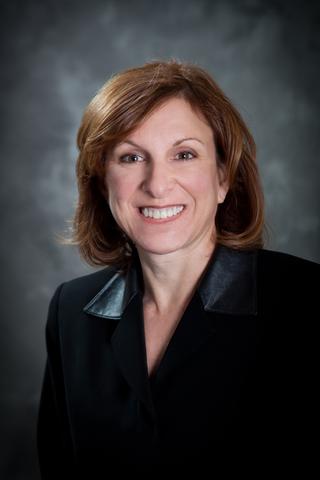
Another sector NIST is developing surrounds the technology of a cloud security stack. It helps in the area of strategic cyber planning.
Dodson also continues to influence the sector by working closely with students in the University of Maryland Baltimore campus’ cybersecurity program.
“I think in the cybersecurity field we really need people with different backgrounds and different perspectives to come to the table and work on the nation’s challenges in this space,” she said.
Government agencies that lack diversity in their teams will have more difficult a time looking at situations from a 360 perspective. Dodson said this is because it’s really hard to get a fully collaborative team if everyone thinks the exact same way.
“I think the biggest piece of advice that I could give … would be to try new things and not be fearful of failure,” she said. “Sometimes ask good questions of others and be comfortable bringing your voice and your perspective to the debate.”
Dodson realized during the rise to her current role that having and bringing talents and skills that were different than everyone else was actually a major plus.
She said it is through combining different talents and wearing so many different hats that the agency can figure out how to get better cybersecurity capabilities across the government and across the nation in order to improve the U.S. cybersecurity posture.
Copyright © 2024 Federal News Network. All rights reserved. This website is not intended for users located within the European Economic Area.
Steff Thomas is a digital editor at Federal News Network.

